Plant Science
Growing on salty soils
KAUST Center for Desert Agriculture leads research to improve crop yields from desert soils.
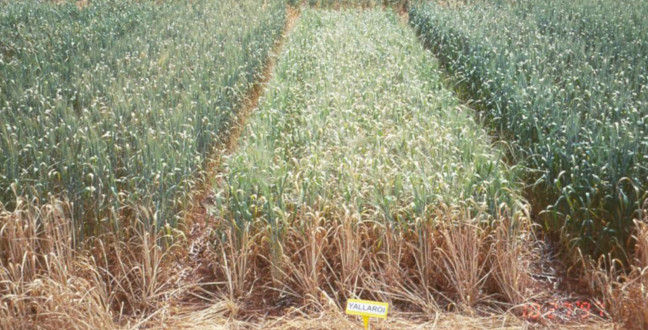
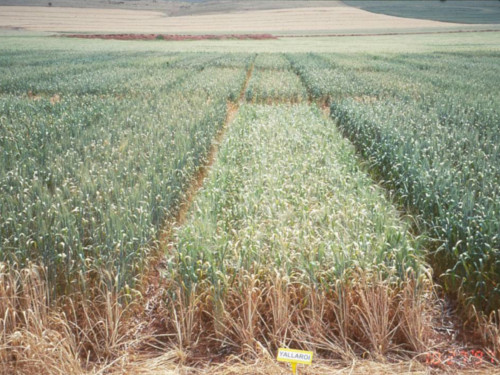
Field trials are key to translating the CDA’s research into crop breeding: here, a field trial shows naturally-occurring variation in salinity tolerance between wheat varieties.
© David Cooper
Salinity is one of the most challenging issues affecting agriculture today and its impact is particularly significant on desert soils where high salinity can reduce growth, productivity and reproduction in sensitive species. Aiming to improve desert agriculture, KAUST’s Center for Desert Agriculture (CDA), is leading research on salinity tolerance and adaptation from the molecule to the field.
The research, led by Mark Tester, associate director of the CDA, follows a three-step pipeline of discovery, characterization and delivery. The ‘discovery’ phase aims to determine the genetic basis of salt-tolerance traits; ‘characterization’ determines how the genes work; and ‘delivery’ will apply this knowledge to crop plants, in a bid to improve growth and yield under saline conditions.
The current focus of the discovery phase is on barley and tomato – crops with a range of salinity-tolerant relatives, which indicates to researchers that both feature genes which could display tolerance, Tester explains. Salinity tolerance is controlled by multiple genes, and therefore traditional breeding methods have had limited success so far. Instead, the KAUST team is using a range of tools including genetics, genomics, protein engineering, proteomics, and chemical genetics in their quest to understand and characterize salinity tolerance.
Their most fruitful approach to date uses a ‘forward genetics’ method to study the control of several traits that contribute to tolerance. Working with the high-throughput Australian facility, ‘The Plant Accelerator,’ the KAUST team quantified naturally-occurring variation to determine a plant’s genetic basis. As Tester explains, “We are letting the plants show us the genes behind differences in salinity tolerance.”
In the delivery phase the team uses two technologies: marker-assisted selection (MAS) and genetic modification (GM). In MAS, genes are tracked through a breeding program, without the need to measure their effects. This is very efficient where there is high natural variation in a salinity tolerance gene. In collaboration with scientists at Australia’s Commonwealth Scientific Industrial Research Organisation (CSIRO), KAUST researchers were able to elucidate the function of high affinity potassium transporter (HKT) genes, which control transport of sodium from leaves. Introduced into durum wheat, a HKT gene provided significant increases in salinity tolerance, and has already been replicated in at least 20 breeding programs worldwide.
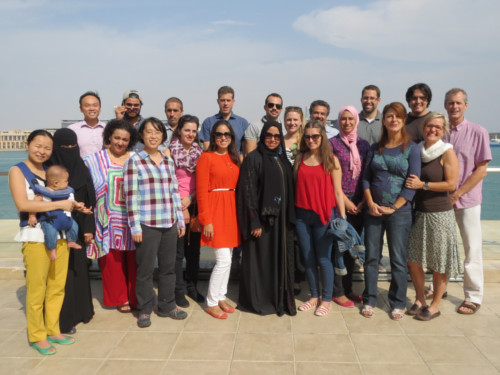
Tester’s research group, Center for Desert Agriculture, KAUST: leading the way in increasing crop productivity on desert soils. Lead researcher Mark Tester is shown back right.
© Yung Shwen Ho, KAUST Center for Desert Agriculture
Tester explains that for traits with insufficient natural variation, it may be necessary to use genetic modification to improve tolerance — an option likely to be commercially unpopular because of a lack of consumer confidence in GM technology. “I hope that, one day, some logical middle ground will be found,” says Tester.
Tester highlights field trials as a crucial part of his research, saying the work forms “an important part of the continuum” between fundamental research and true delivery. “Without field measurements, it is very difficult to know the relevance of lab-based work,” he says.
Field trials for salinity tolerance are notoriously difficult due to variability. This is where KAUST’s partnership with the International Center for Biosaline Agriculture (ICBA), Dubai, comes to the fore, using its experience in field cultivation with saline irrigation to undertake high-quality trials.
The CDA’s research could ultimately lead to the improvement of many crop species, because, as Tester explains, what applies in one plant tends to apply in others. “I would love to make impacts on the production of major cereals such as rice and wheat,” he says.
The KAUST team is also attempting to solve water insecurity, another major impediment to desert agriculture, by ‘unlocking seawater.’ Exploiting salinity-tolerant crops, in combination with research by the KAUST Water Desalination and Reuse Center studying low-cost desalinization, Tester says, “could create a system where we can use cheap water to irrigate crops with increased salinity tolerance.”
He says this work could “provide a step-change in our ability to grow food in difficult environments and open up the possibility of agriculture on land that has never previously been possible to farm. The impact on global food security could be great.”
References
- | article
You might also like

Bioscience
Digging into the world of plant-growth-promoting microbes
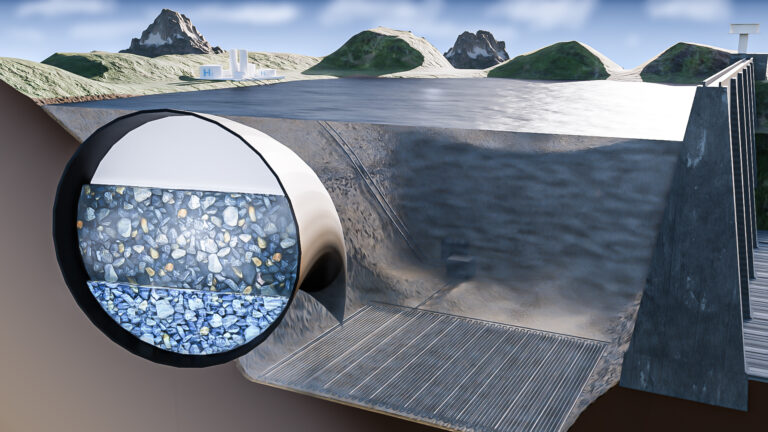
Environmental Science and Engineering
Hydrogen storage solution could lie in lakes
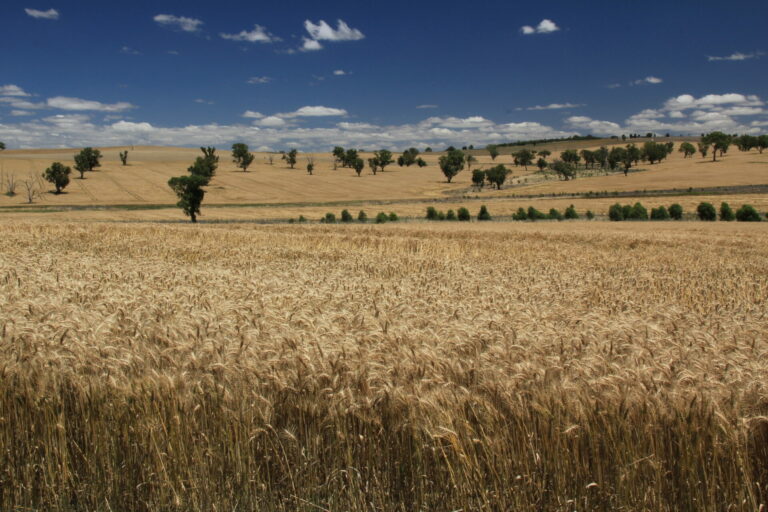
Bioscience
Unraveling modern bread wheat from the genes up
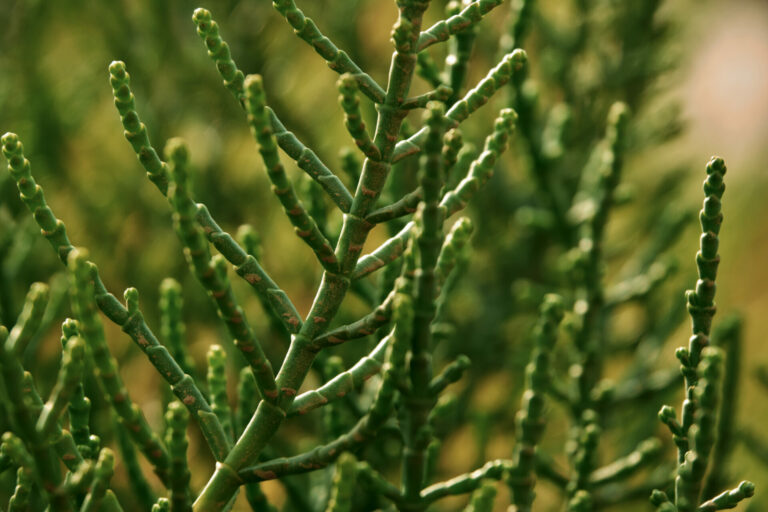
Bioscience
Why do some plants thrive in saline conditions?
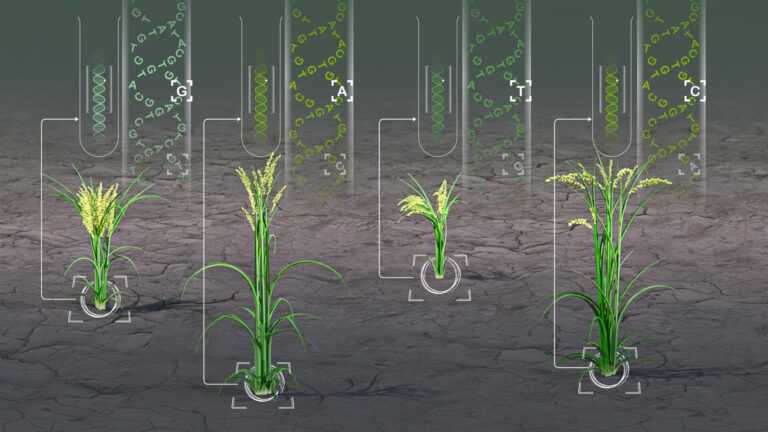
Bioengineering
Analytic tool reveals more cream of the crops
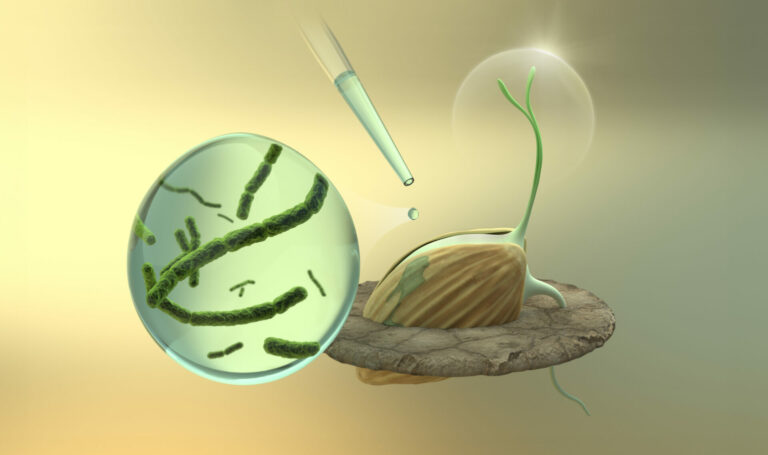
Plant Science
Targeting seed microbes to improve seed resilience
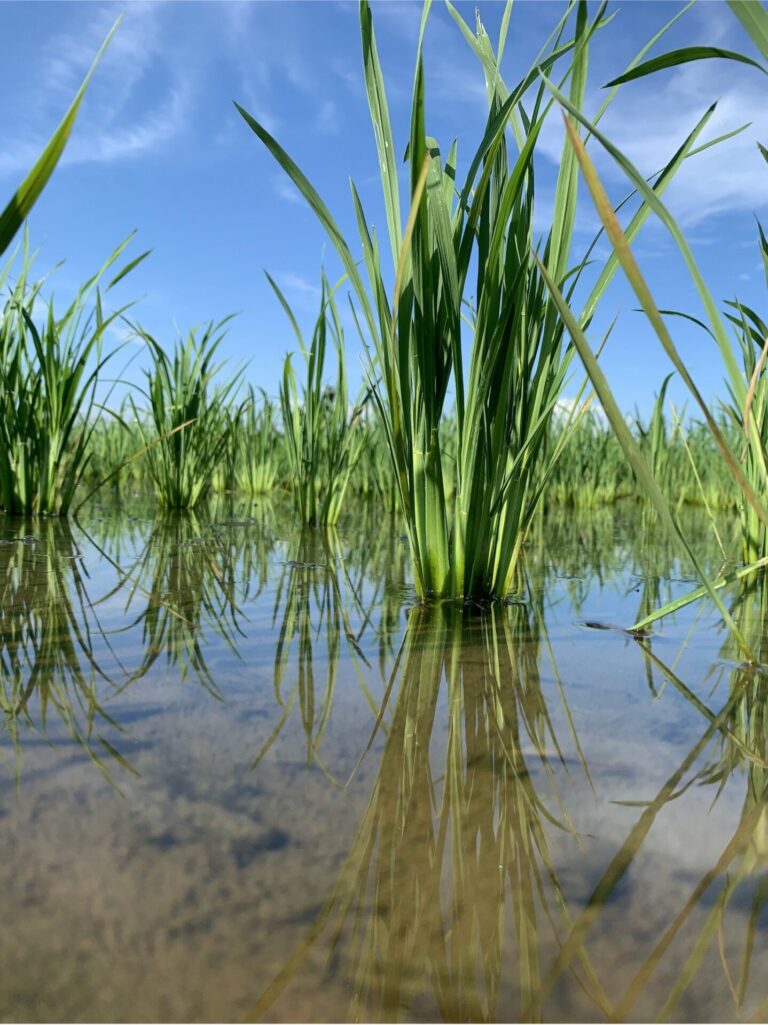
Bioengineering
From roots to shoots: decoding strigolactones in plant architecture and symbiosis

Plant Science



